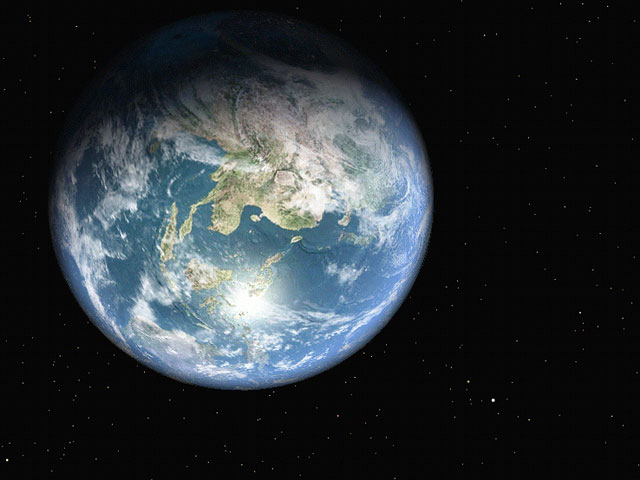Scientists Link Fires to Global Warming
CLIMATE CONTROVERSY
Scientists worldwide are watching temperatures rise, the land turn dry, and vast forests go up in flames.
In the Siberian taiga and Canadian Rockies, in southern California and Australia, researchers find growing evidence tying an upsurge in wildfires to climate change, an impact long predicted by global-warming forecasters.
A team at California’s Scripps Institution, in a headline-making report this month, found that warmer temperatures, causing earlier snow runoff and consequently drier summer conditions, were the key factor in an explosion of big wildfires in the U.S. West during three decades, including fires now rampaging east of Los Angeles.
Researchers previously reached similar conclusions in Canada, where fire is destroying an average 6.4 million acres a year, compared with 2.5 million in the early 1970s.
And an upcoming U.S.-Russian-Canadian scientific paper points to links between warming and wildfires in Siberia, where 2006 already qualifies as an extreme fire season, the sixth in the past eight years.
Far to the south in drought-stricken Australia, meanwhile, 2005 was the hottest year on record, and the dangerous bushfire season is growing longer.
“Temperature increases are intimately linked with increases in area burned in Canada, and I would expect the same worldwide,” said Mike Flannigan, a veteran Canadian Forest Service researcher.
The Intergovernmental Panel on Climate Change, an authoritative U.N.-sponsored network of scientists, has long predicted that summer drying and droughts would worsen forest fires, which in many regions are primarily set by humans.
A nonhuman cause also might be on the rise. Warming in high northern latitudes is expected to generate more lightning, igniting more forest fires.
Forest and peat fires release carbon dioxide into the atmosphere, adding to climate warming, which in turn will intensify forest fires, worsening warming in a planetary feedback loop.
“This is a carbon bomb,” Johann Goldammer, director of the Global Fire Monitoring Center at Germany’s Freiburg University, said of the northern forest. “It’s sitting there waiting to be ignited, and there is already ignition going on.”
Scientists worldwide are watching temperatures rise, the land turn dry, and vast forests go up in flames.
In the Siberian taiga and Canadian Rockies, in southern California and Australia, researchers find growing evidence tying an upsurge in wildfires to climate change, an impact long predicted by global-warming forecasters.
A team at California’s Scripps Institution, in a headline-making report this month, found that warmer temperatures, causing earlier snow runoff and consequently drier summer conditions, were the key factor in an explosion of big wildfires in the U.S. West during three decades, including fires now rampaging east of Los Angeles.
Researchers previously reached similar conclusions in Canada, where fire is destroying an average 6.4 million acres a year, compared with 2.5 million in the early 1970s.
And an upcoming U.S.-Russian-Canadian scientific paper points to links between warming and wildfires in Siberia, where 2006 already qualifies as an extreme fire season, the sixth in the past eight years.
Far to the south in drought-stricken Australia, meanwhile, 2005 was the hottest year on record, and the dangerous bushfire season is growing longer.
“Temperature increases are intimately linked with increases in area burned in Canada, and I would expect the same worldwide,” said Mike Flannigan, a veteran Canadian Forest Service researcher.
The Intergovernmental Panel on Climate Change, an authoritative U.N.-sponsored network of scientists, has long predicted that summer drying and droughts would worsen forest fires, which in many regions are primarily set by humans.
A nonhuman cause also might be on the rise. Warming in high northern latitudes is expected to generate more lightning, igniting more forest fires.
Forest and peat fires release carbon dioxide into the atmosphere, adding to climate warming, which in turn will intensify forest fires, worsening warming in a planetary feedback loop.
“This is a carbon bomb,” Johann Goldammer, director of the Global Fire Monitoring Center at Germany’s Freiburg University, said of the northern forest. “It’s sitting there waiting to be ignited, and there is already ignition going on.”

